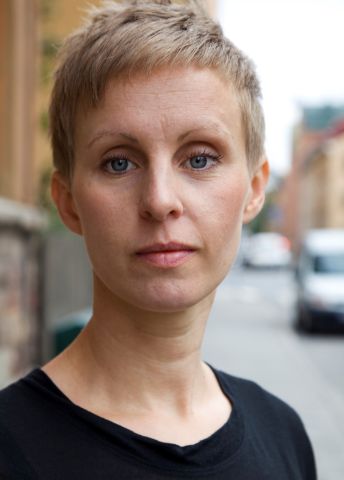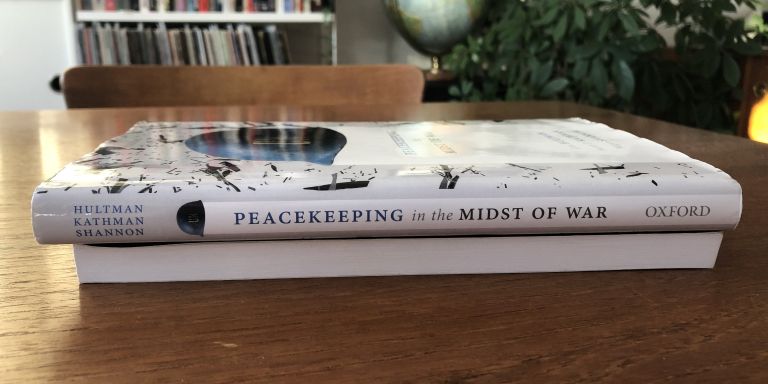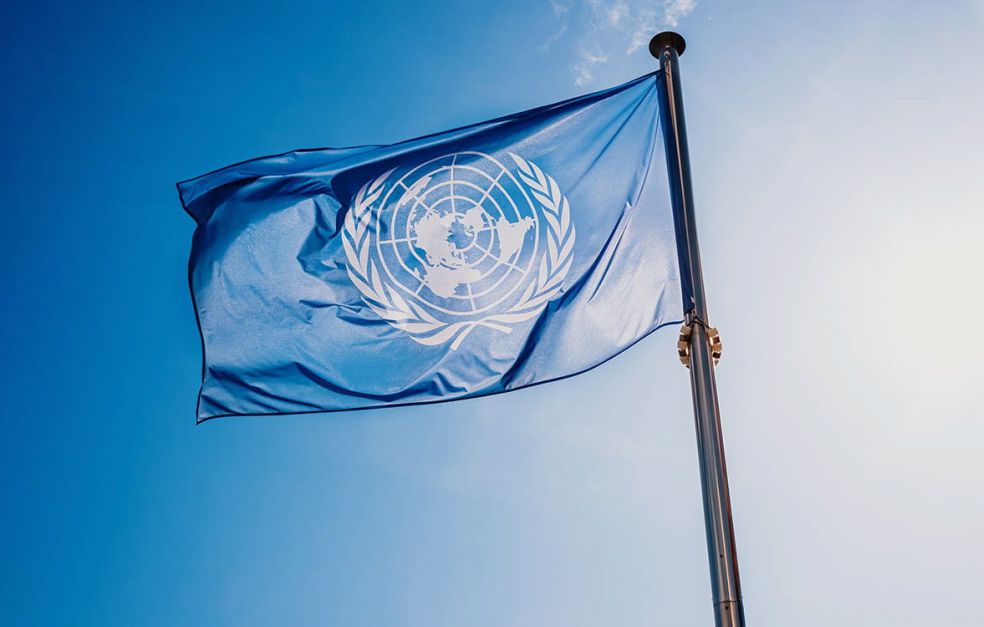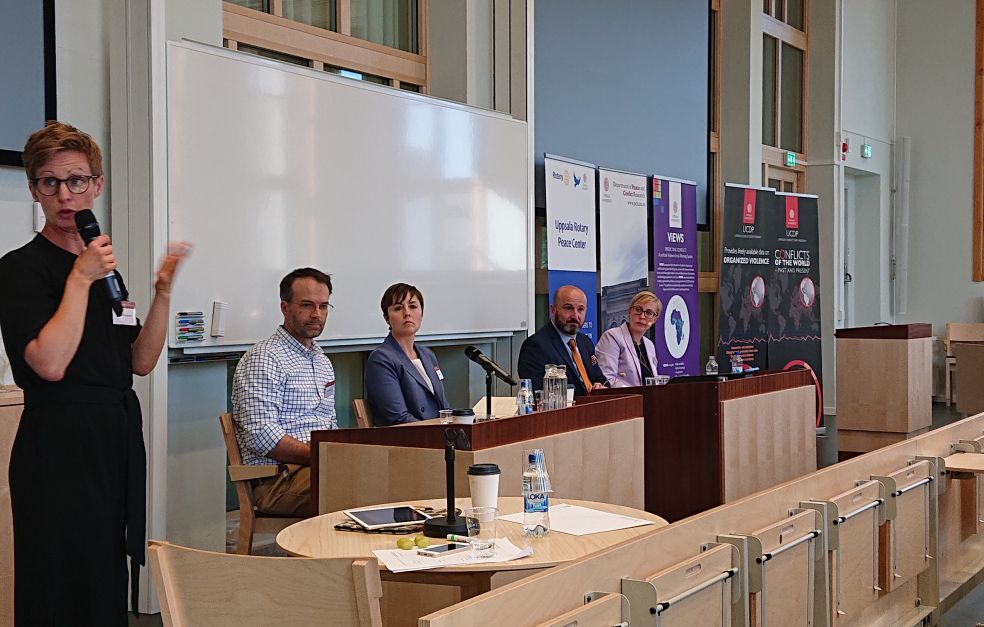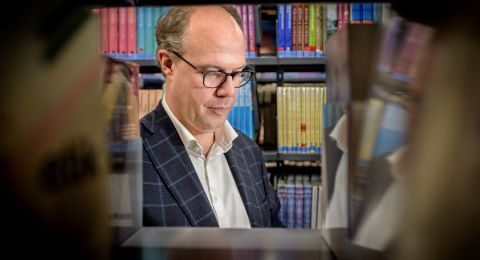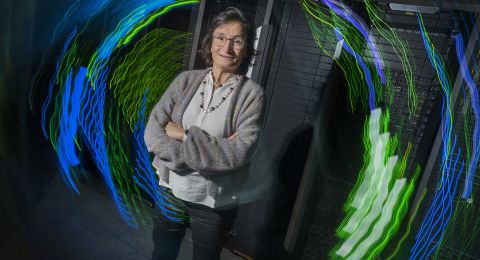In an armed conflict there is a great risk of the civil population being used as pawns of war. Wallenberg Academy Fellow Lisa Hultman is examining the international initiatives that are best capable of protecting civilians from violence and abuse. Her research has caused her to re-evaluate her view of the U.N.
Lisa Hultman
Associate Professor of Peace and Conflict Research
Wallenberg Academy Fellow, prolongation grant 2018
Institution:
Uppsala University
Research field:
Peace and conflict research, civil war and protection of the civil population, U.N. operations, and the U.N. as an organization
Hultman is a peace and conflict researcher at Uppsala University, and is conducting a broad research project on protection of civilians in war and conflicts. When an armed conflict breaks out, the civil population is at risk in several ways: from economic chaos to becoming victims of sexual abuse, torture and lethal force.
For her PhD, Hultman studied civil war with the help of data and field studies in Mozambique. Her impressions from that country engendered a need to ascertain what actions may be of the greatest benefit in protecting the civil population.
Reports on the atrocities of war often make harrowing reading.
“Reading about conflicts gives a grim picture of the world. It is of course hard to comprehend events in which hundreds of people are murdered. Nonetheless, with the help of research, I am endeavoring to find a positive angle.”
But the gloomy picture notwithstanding, there are chinks of light. In recent years views on the value of individuals as human beings have changed, and the international community is now expected take forceful action in response to genocide and war crimes.
“But more research is needed to thoroughly analyze the interventions that are most effective in different contexts.”
Greater military presence reduces violence
Hultman devotes much of her time to studying the effect of peace-keeping operations, mostly led by the U.N., but also those run under the control of regional organizations. Until 1999 the U.N. only had a mandate to protect its own peace-keeping forces, but the mandate was then extended to include the civil population.
One important conclusion thus far is that a greater military and police presence results in lower levels of violence.
“We see that the more U.N. soldiers are present, the fewer people die in battle. By deploying troops to a battle zone, the U.N. can dampen the conflict and change the behavior of the combatants. We have also found that the police are particularly well suited to protect civilians from armed factions, and they are also generally better at dealing with sexual violence.”
The material studied includes data from all civil wars and internal armed conflicts with at least 25 casualties within a year taking place between 1992 and 2014.
The statistical material is a keystone on which to base our theoretical understanding. The material is being supplemented by case studies. One example is the Democratic Republic of Congo, which is often taken as an instance of international failure. Around the turn of the millennium, the country saw one of the bloodiest conflicts since World War II. Other internal conflicts in the country have resulted in numerous civilian casualties.
“We’re not looking for predictable findings; we want to find examples that allow us to ask more critical questions. This is necessary if we are to gain a better understanding of the challenges facing peacekeeping operations and their limitations.”
The researchers are also studying intervention of other kinds. Economic sanctions can be used to put pressure on parties, but research has shown them to be a blunt instrument, with escalating violence as a potential consequence.
“But there is a correlation between arms embargoes and diminished violence, and it is therefore of interest to research further into how sanctions impact the dynamics of a conflict.”
Hultman is also interested in the importance of diplomacy. Other studies have shown that mediation generally risks triggering violence against civilians. This is because different factions exploit the opportunity to make a show of strength and jockey for position before an impending peace process.
“But we want to see whether we can present a more nuanced picture of the role played by diplomacy. We have seen that certain types of faction are more receptive to mediation. It seems to be easier to persuade rebel groups with a strong chain of command that they have more to gain by reducing violence against civilians – while an international presence can serve as a guarantor of a political process offering long-term solutions.”
“The Wallenberg Academy Fellow grant has been vital in enabling me to create a research environment that is attractive to other researchers. It is also unusual to receive long-term funding of this kind. It means we can plan ahead and on a larger scale than would otherwise have been possible.”
Scrutinizing the U.N.
Over the next few years Hultman will be examining more of what goes on behind the scenes, and the U.N. as an organization. Why do some conflicts end up on the agenda, whereas others do not, and how much is determined by need or by political and strategic exigencies?
“This also brings us to the question of what interests U.N. member states have, and what action can command political support.”
The U.N. is sometimes described as a toothless bureaucratic colossus. But Hultman’s research has caused her to re-evaluate her view of the organization.
“I’m actually positively surprised over what the U.N. achieves. Sure, there are plenty of shortcomings, and their work is far from perfect, but they do manage to reduce violence by their presence.”
The media tends to focus on failures; successes are not given the same coverage. But in Hultman’s opinion, scaling down U.N. operations, which is what some countries want, would be the wrong way to go.
“The U.N. plays a key role in saving lives, and there is potential to develop and improve that work. But today it would never be possible to establish an organization like the present-day U.N. if we had to start again from scratch.”
Text Nils Johan Tjärnlund
Translation Maxwell Arding
Photo Lisa Hultman, Qlara Hultman, Kajsa Tidblad-Lundholm, Stijn Swinnen on Unsplash
